In an era where urbanization and environmental concerns are increasingly at the forefront, biophilic architecture emerges as a transformative approach that seeks to reconnect people with the natural world. By integrating natural elements into building design, this philosophy fosters a harmonious relationship between the built environment and its surroundings. From lush green spaces and natural light to sustainable materials and fluid forms, biophilic design enhances well-being, creativity, and ecological sustainability.
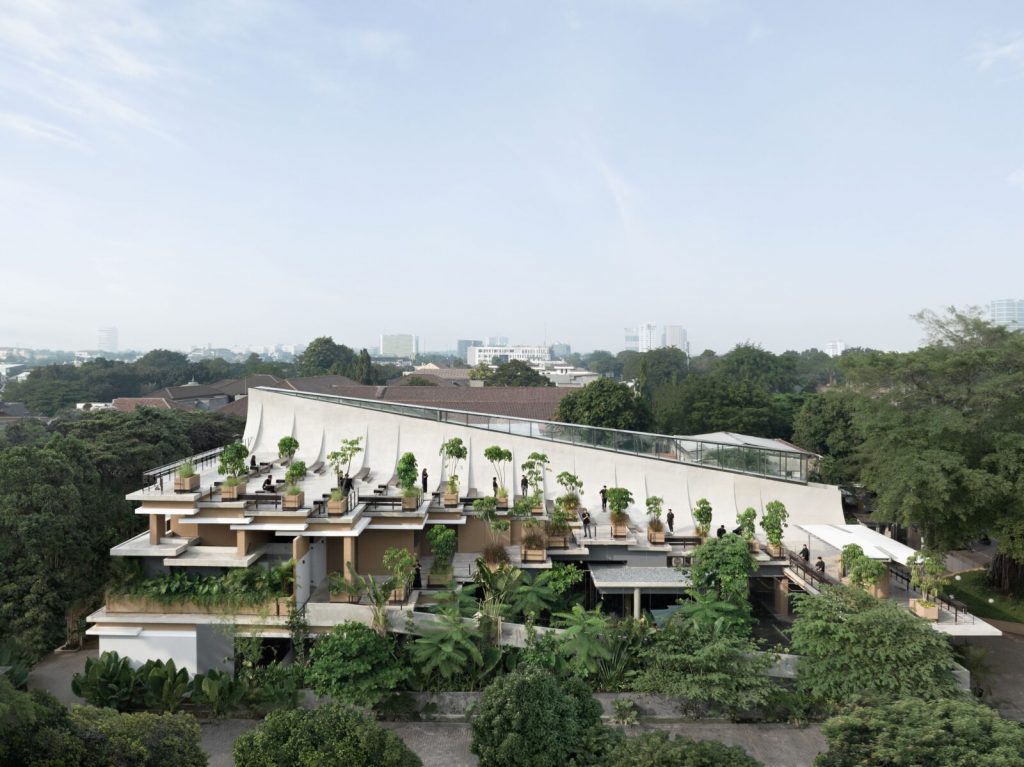
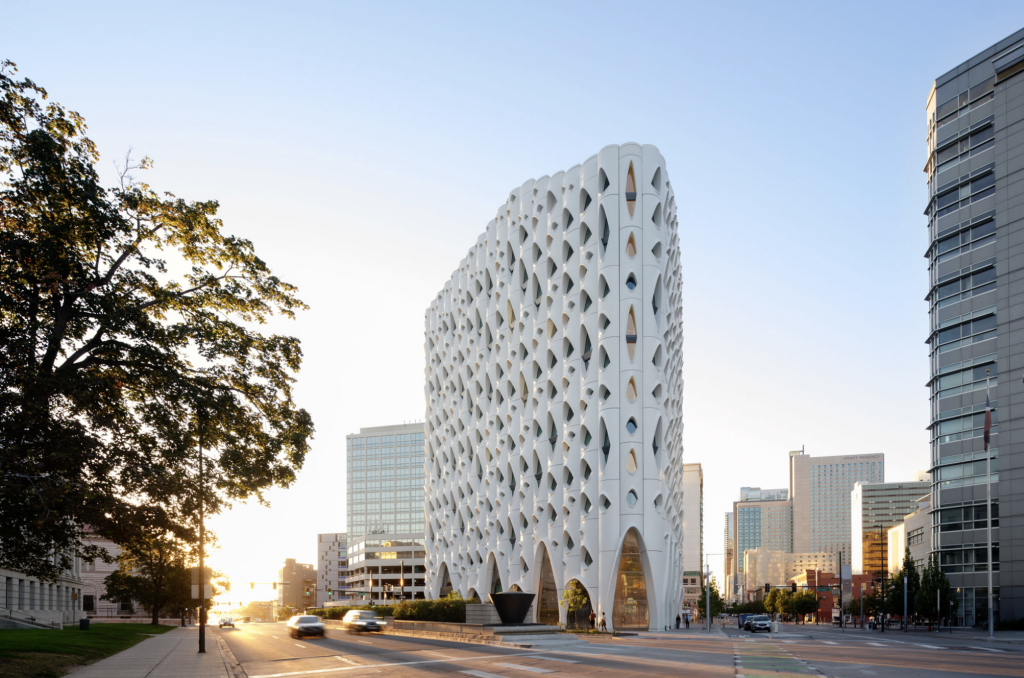
Populus Tower by Studio Gang
The recently unveiled Populus Tower, a remarkable creation by US-based Studio Gang, stands as a testament to eco-conscious architecture and biophilic design in the heart of downtown Denver, Colorado. This 265-room hotel seeks to bridge the gap between urban living and the natural world, providing guests with a unique experience that fosters a deeper connection to their environment.
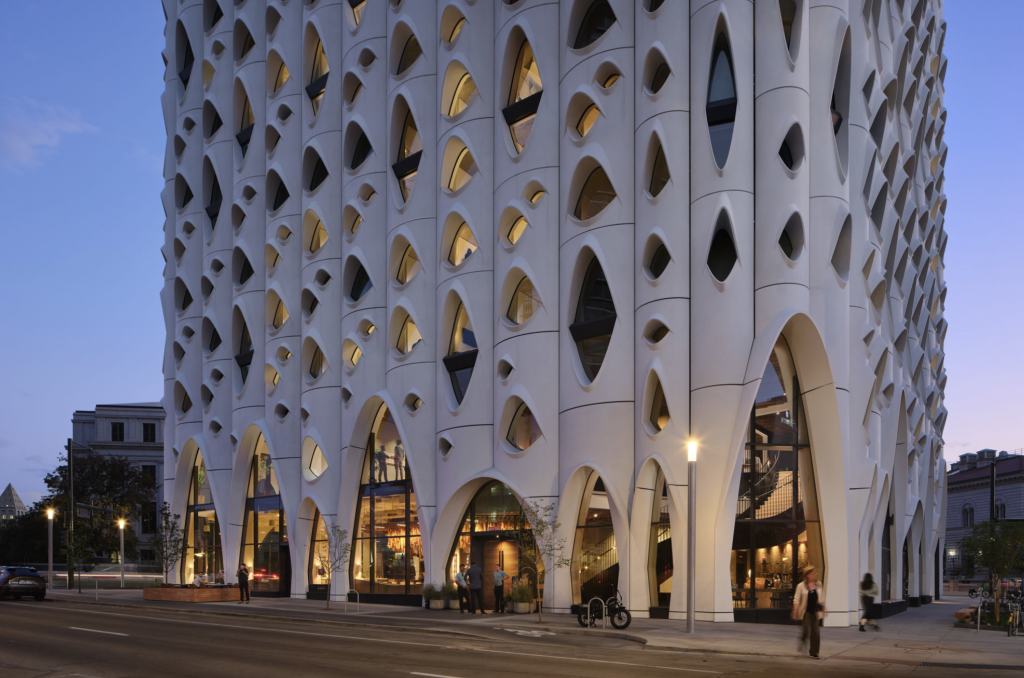
Populus Tower by Studio Gang
Populus is strategically located on a prominent corner site, opening itself to both the vibrant city life and the stunning Rocky Mountains. Designed to serve as a new social hub, it engages the community from multiple angles, seamlessly connecting Denver’s civic, arts, and commercial districts. The building’s dynamic presence is accentuated by large openings at the street level, inviting both locals and visitors to explore its lively public ground floor, which features a bustling restaurant and coffee shop.
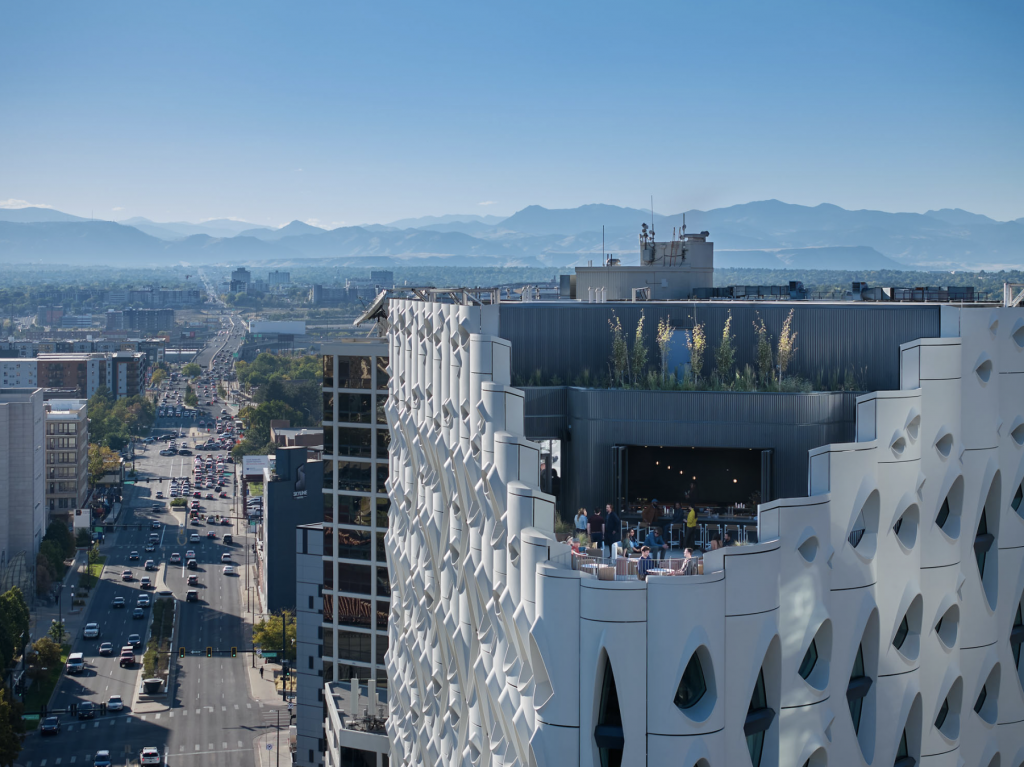
Populus Tower by Studio Gang
The sculptural façade of Populus is not only visually striking but also thoughtfully aligned with its hotel function. Each vertical scallop corresponds to the width of a guest room, while the windows vary in size and shape to enhance the relationship between public and private spaces. At the base, grand 30-foot tall windows serve as dramatic portals, framing views into the lobby and amenities, while the hotel rooms above offer breathtaking vistas of the nearby State Capitol, Civic Center Park, and the surrounding mountains. These windows are designed to be occupiable, transforming into inviting seating areas that bring guests closer to the outdoors.
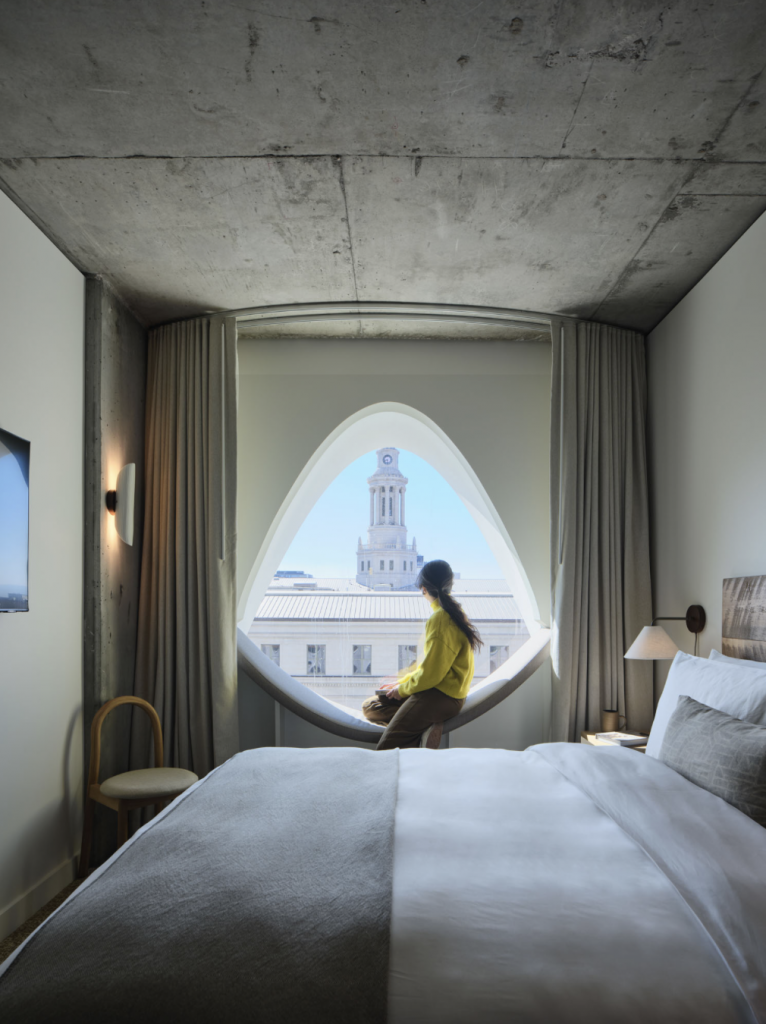
Populus Tower by Studio Gang
Inspired by the growth patterns of aspen trees, the distinctive window shapes echo the natural beauty of Colorado. As these trees mature, they shed lower branches, leaving behind unique, dark marks on their pale bark—an aesthetic that is beautifully mirrored in Populus’ architecture. To enhance its sustainability efforts, the building incorporates thoughtful features such as window “lids” that provide shade and channel rainwater, optimizing energy efficiency in Denver’s climate.
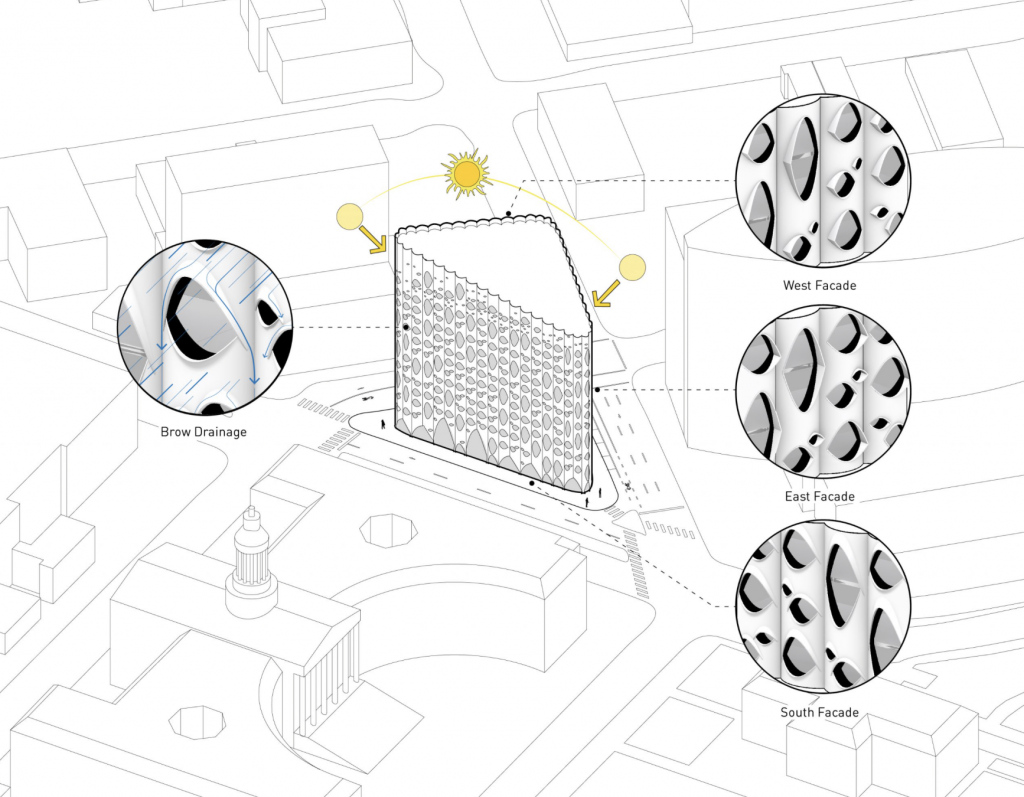
Populus Tower by Studio Gang
In its commitment to sustainability, Populus embraces a compact triangular footprint that promotes urban density without the need for dedicated parking levels—an innovative move for a new build in downtown. This approach encourages the use of greener transportation methods while reducing the building’s carbon footprint. Additionally, the inclusion of a green roof not only enhances the aesthetic appeal of the tower but also provides a vital habitat for local wildlife and insects, reinforcing the hotel’s mission to reconnect city dwellers with nature.
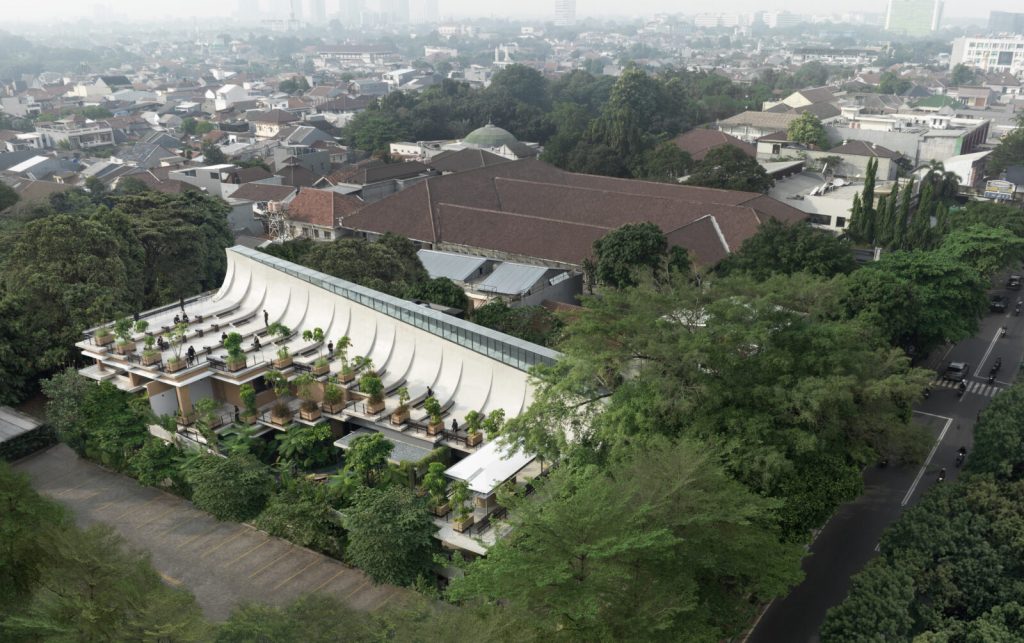
Aruma Split Garden by RAD+ar (also header image)
Aruma Split Garden, designed by local practice RAD+ar (Research Artistic Design + Architecture), stands as a groundbreaking example of biophilic design, skillfully integrating nature into a multi-leveled commercial garden in Indonesia. This innovative project demonstrates how split-level architecture can create distinct, nature-infused zones within a compact footprint, fostering a harmonious relationship between the built environment and its tropical surroundings.
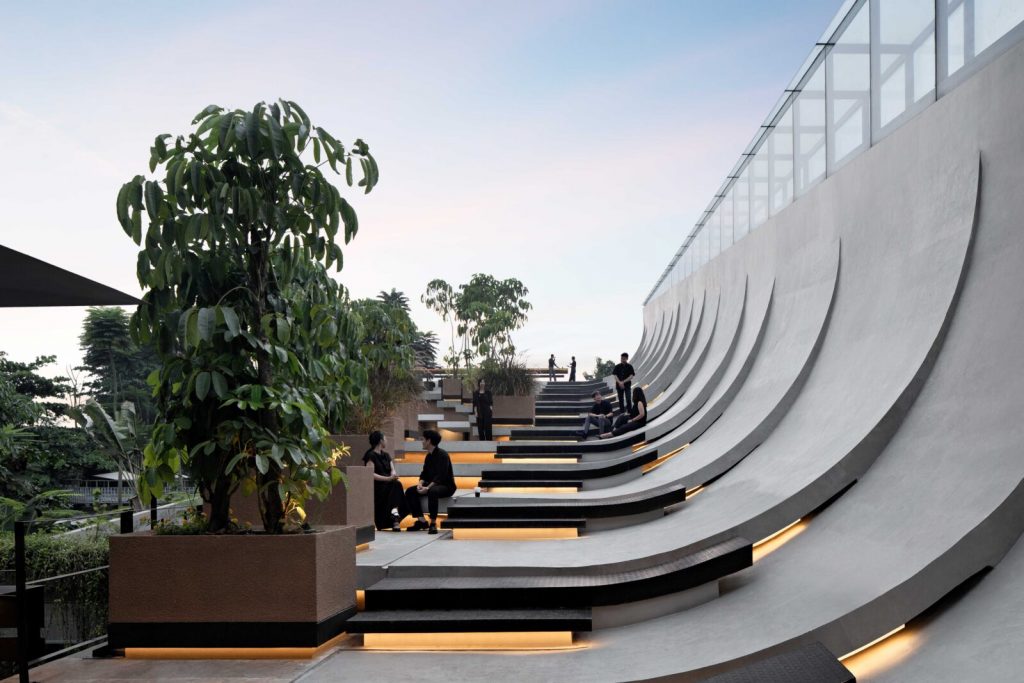
Aruma Split Garden by RAD+ar
In response to rising land values, the design optimizes urban space while preserving greenery. The north-south orientation maintains the existing rear garden, creating a wind tunnel that connects two towering trees. This thoughtful planning allows for a seamless flow among various tenants, including restaurants, a bar, and a rooftop beer garden.
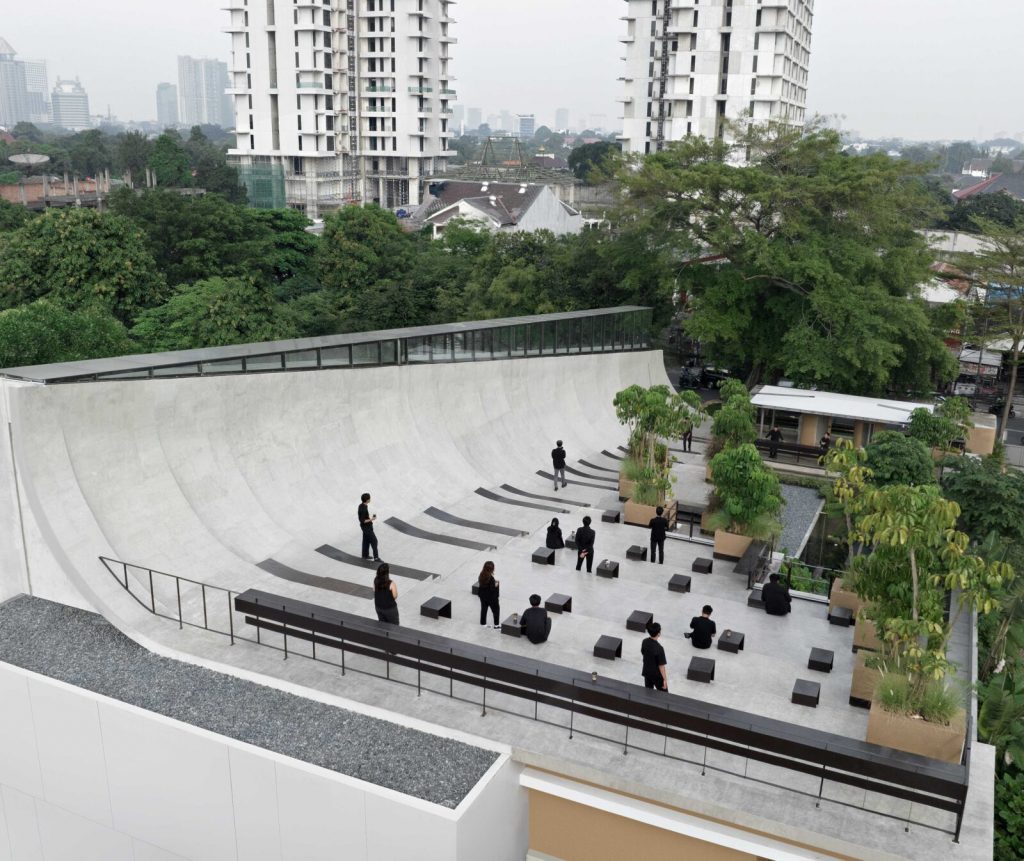
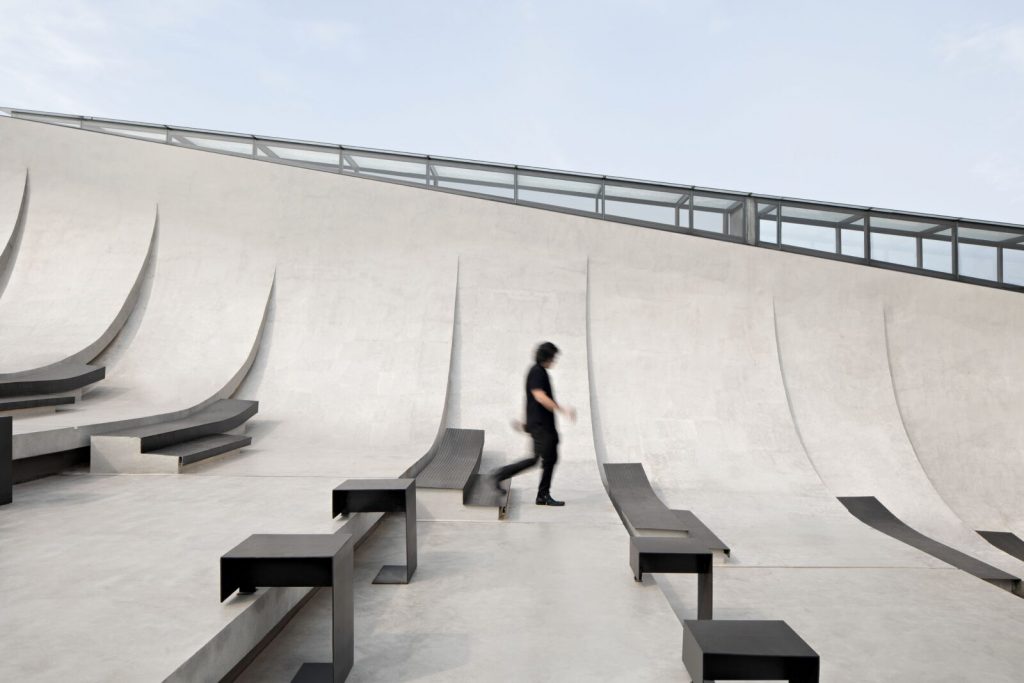
Aruma Split Garden by RAD+ar
The building features a dynamic interplay of roofs, facades, and gardens that enhance natural light and sensory experiences. By integrating greenery throughout the spaces, RAD+ar ensures visually captivating transitions that enrich user experience. Natural light floods the spaces, while carefully positioned greenery and thoughtful sensory experiences enhance the ambiance.
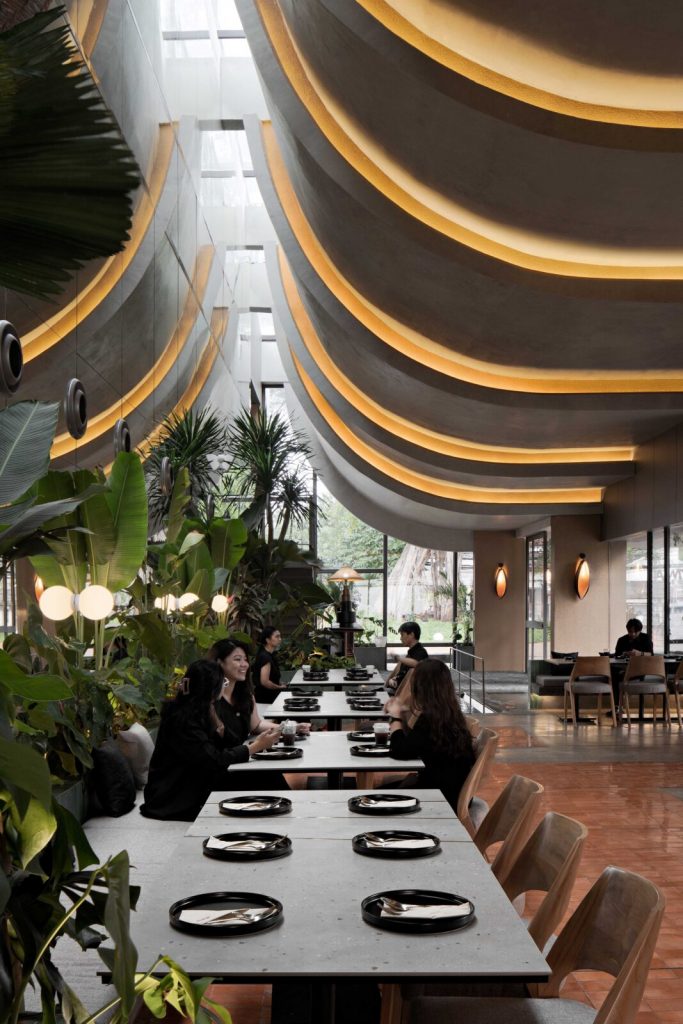
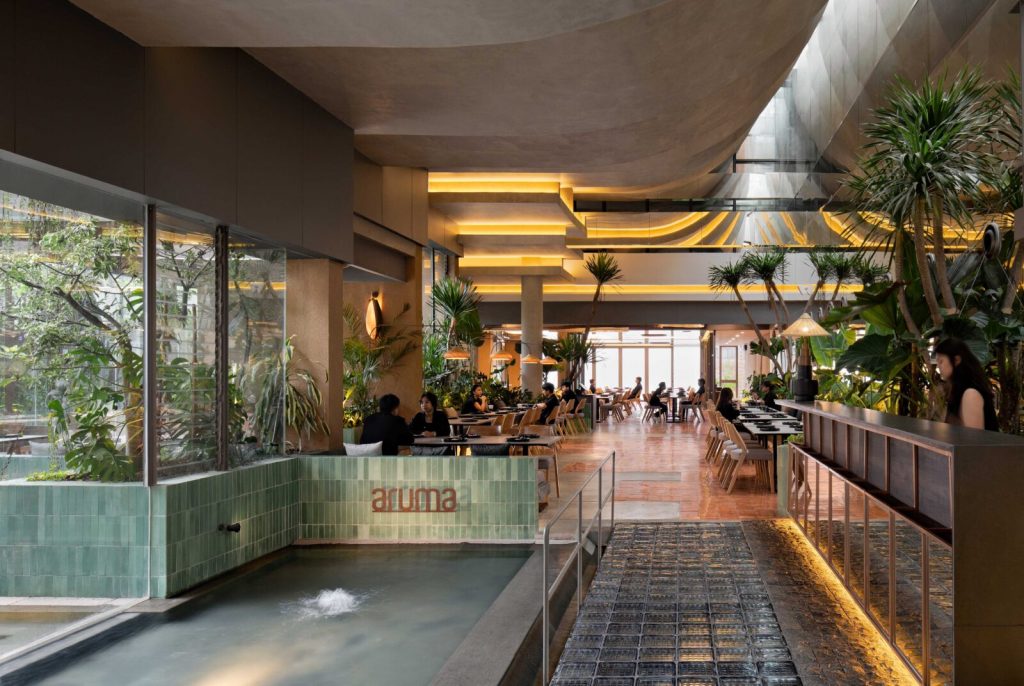
Aruma Split Garden by RAD+ar
Sustainability is at the core of the project, with a focus on minimizing material usage and energy consumption. The use of eco-friendly materials further underscores the commitment to environmental responsibility. Overall, the Aruma Split Garden serves as a model for decentralizing sustainability in urban architecture, inspiring developers in Indonesia and beyond to create vibrant, eco-friendly spaces that connect people with nature.
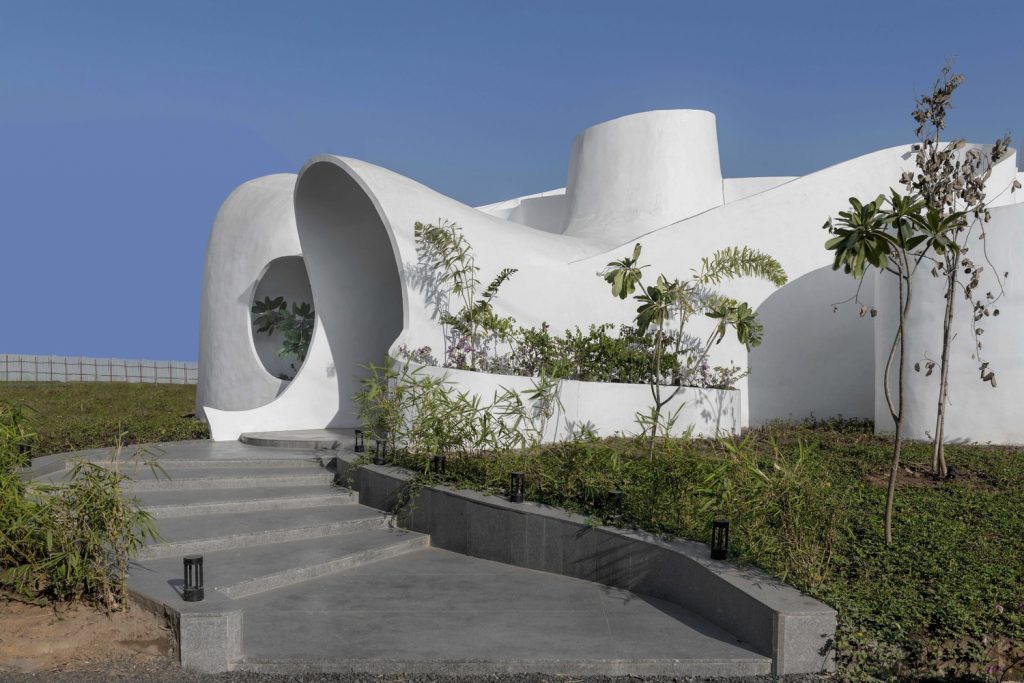
Pravaah by The Grid Architects
Designed by The Grid Architects, this innovative workspace in Gujarat, India, harmonizes form and function through a curvilinear design that reflects the fluidity of its concept. The project is aptly named Pravaah, meaning “flow” in Sanskrit, which embodies the continuous movement of time, ideas, and materials.
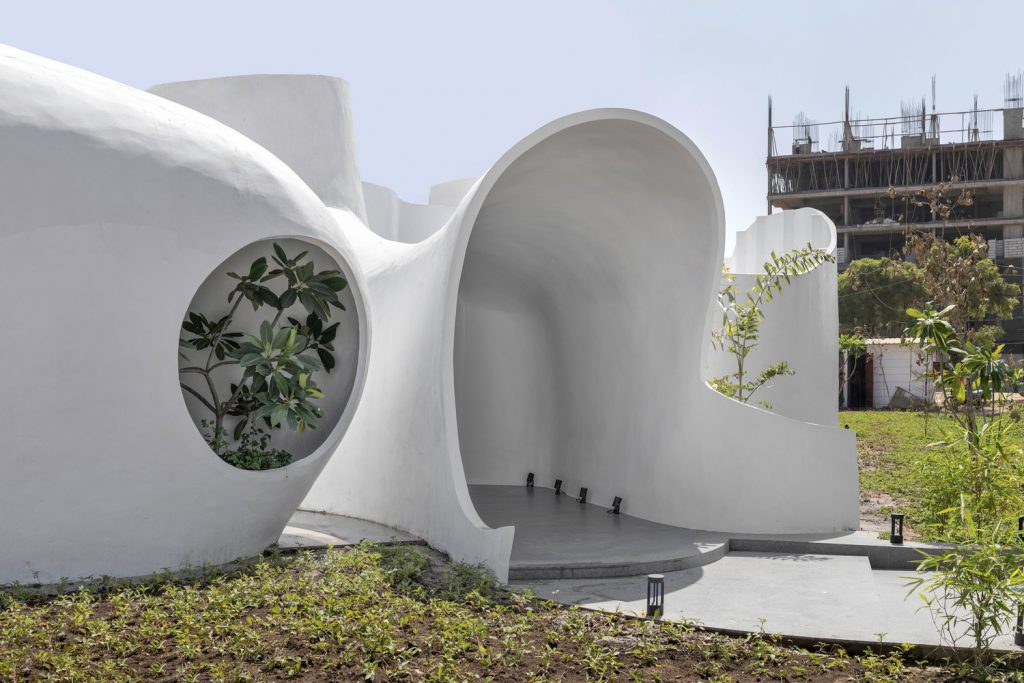
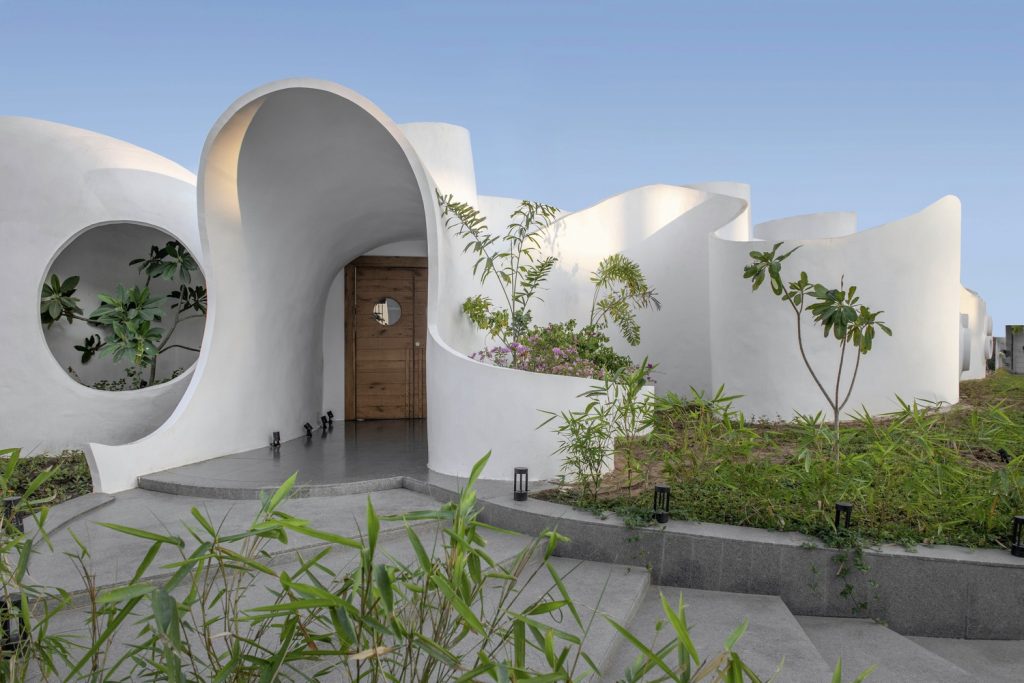
Pravaah by The Grid Architects
The architecture emphasizes sustainability by integrating locally produced ferrocement as the primary construction material, crafted by skilled local artisans. This choice not only reduces carbon emissions but also empowers the local workforce, distinguishing Pravaah with a low carbon footprint compared to traditional materials like concrete or steel.
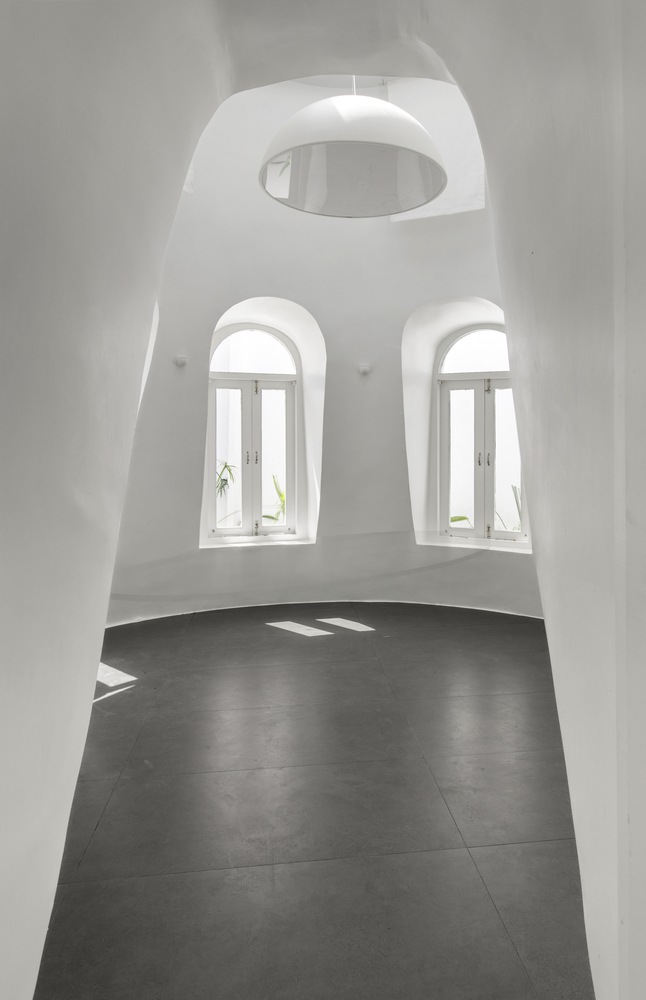
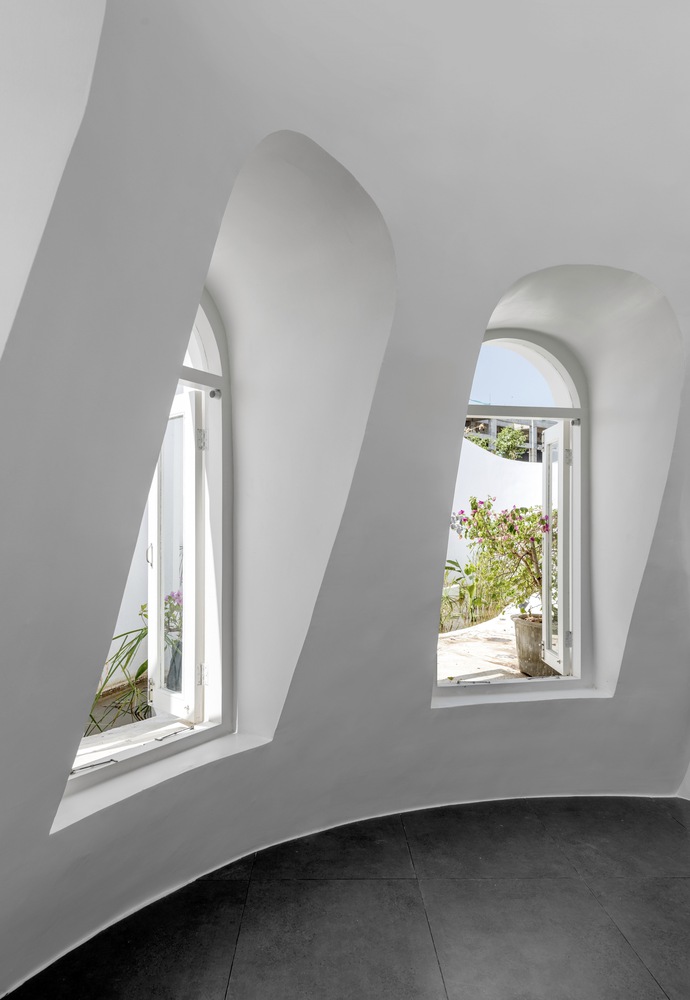
Pravaah by The Grid Architects
Contextual relevance is key in Pravaah’s design, which responds to the unique climate of South West India. The building features strategically placed openings and skylights for natural ventilation and light, enhancing the biophilic elements that promote well-being. Exteriors are adorned with drought-resistant plants and serene water bodies, creating a cohesive and sustainable landscape.
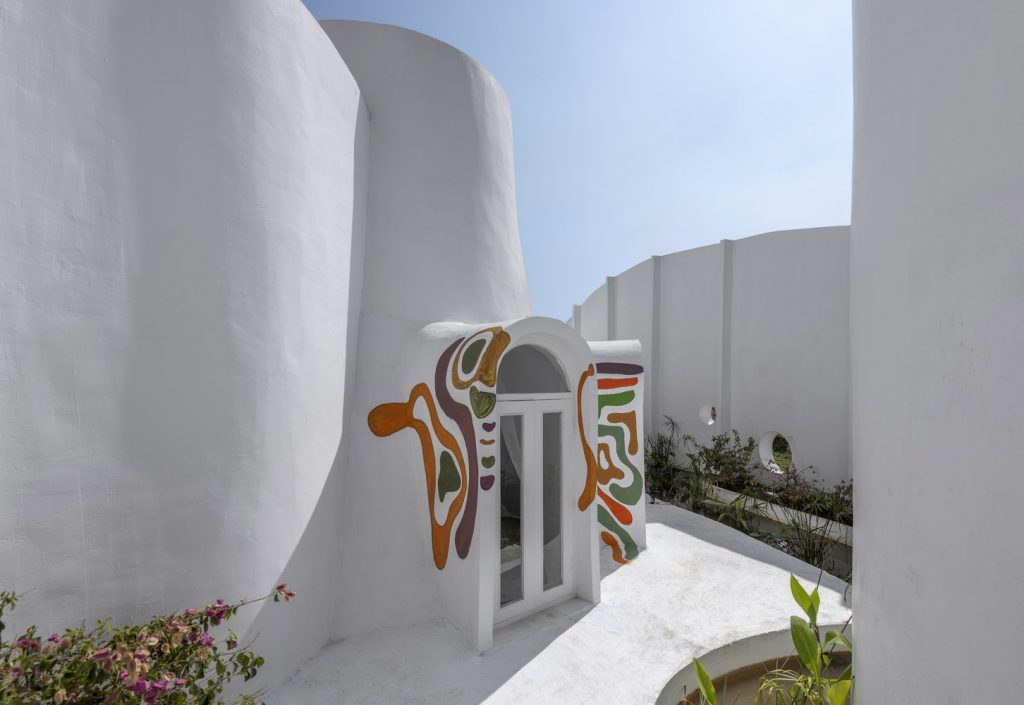
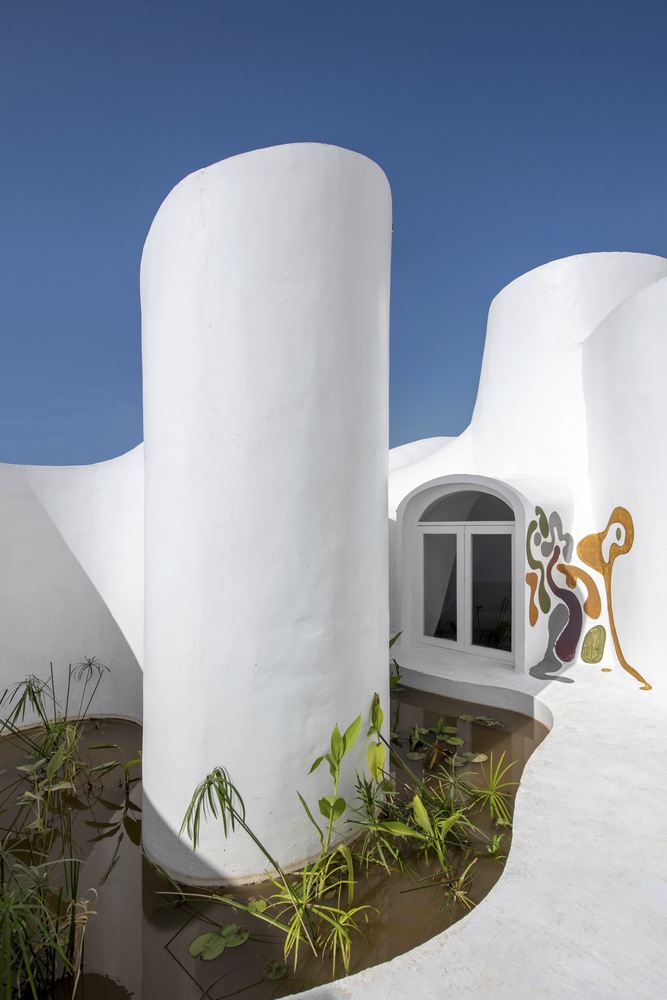
Pravaah by The Grid Architects
Located at a prominent road intersection, the inviting white entrance encourages exploration of the sunlit interiors. Elegant cabins with skylights and views of an enclosed water feature further embody the principles of sustainability and comfort, fostering a productive environment that feels familiar yet innovative.
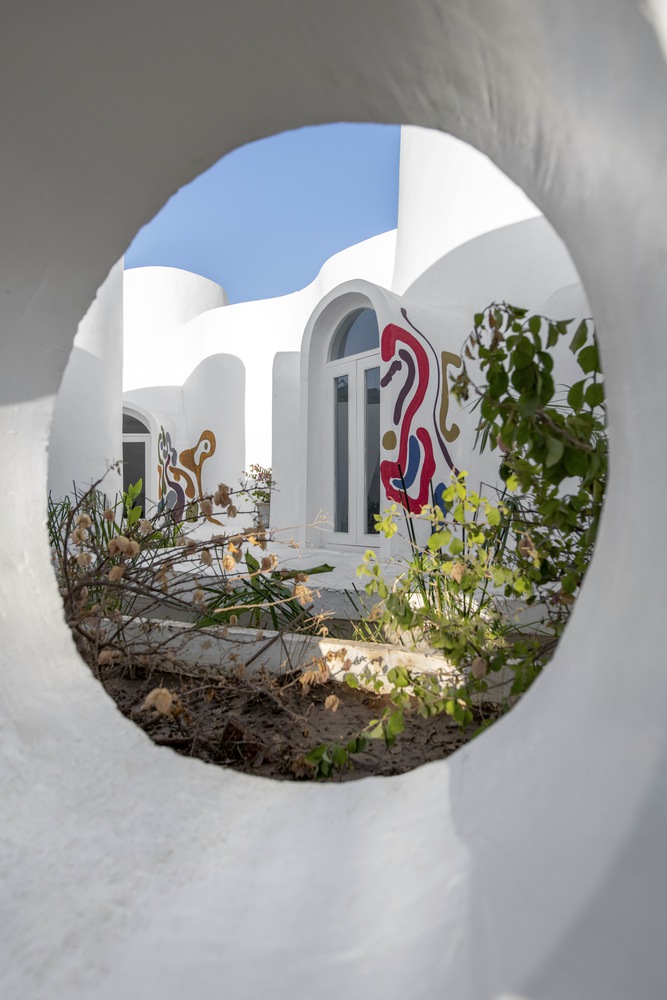
Pravaah by The Grid Architects
In essence, Pravaah is not just a workspace; it is a model of architectural fluidity, sustainability, and a deep connection to its ecological context, setting a new standard for future developments in the region.